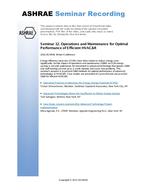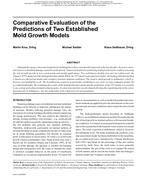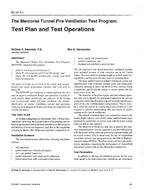Buildings account for over 40% of carbon dioxide (CO2)emissions in the United Kingdom and around 25% in China.In an attempt to mitigate global warming and reduce greenhousegas emissions, the UK government is committed toreducing its greenhouse gas emissions by80%below the 1990slevel by 2050; China pledged a 40% to 45% decrease in CO2emissions per gross domestic product (GDP) by 2020 against2005 levels. One efficient way to improve building energy efficiencyand the associated CO2 emissions is building retrofitting.This study aims to assess two levels of deep retrofit plansin typical office buildings to evaluate the potential energysavings that can be achieved. These retrofit scenarios areassessed using numerical simulation of prototypical buildingsin five climate zones in China as well as London and Aberdeenin the UK. Numerical simulations have been conducted usingEnergyPlus software. The outcomes of this study reveal thatdeep retrofits in office buildings can potentially achieve thetarget of 50% energy reduction compared with the sourceenergy consumption of buildings designed in the 1980s.However, economic factors should also be considered in theprocess of decision making to choose the most appropriatebuilding retrofit strategies.
Citation: 2016 Winter Conference, Orlando, FL, Transactions 2016, Vol 122 pt. 1
Product Details
- Published:
- 2016
- Number of Pages:
- 11
- Units of Measure:
- Dual
- File Size:
- 1 file , 980 KB
- Product Code(s):
- D-OR-16-023


